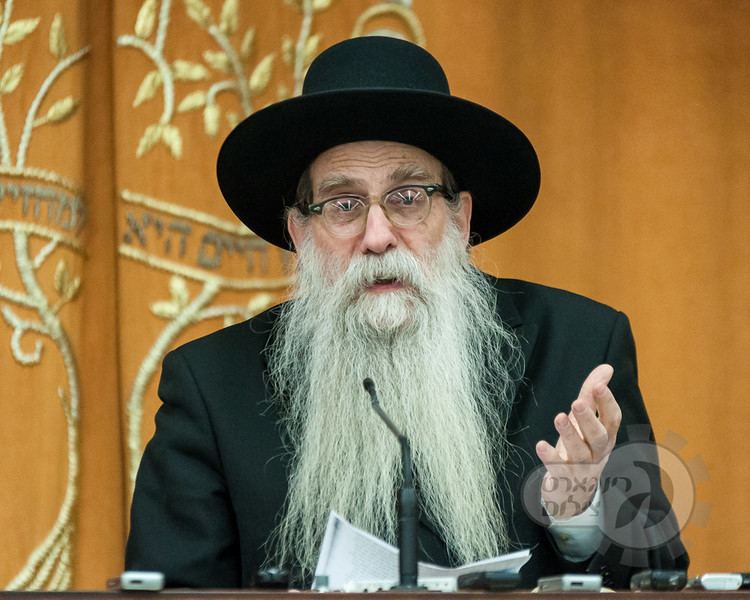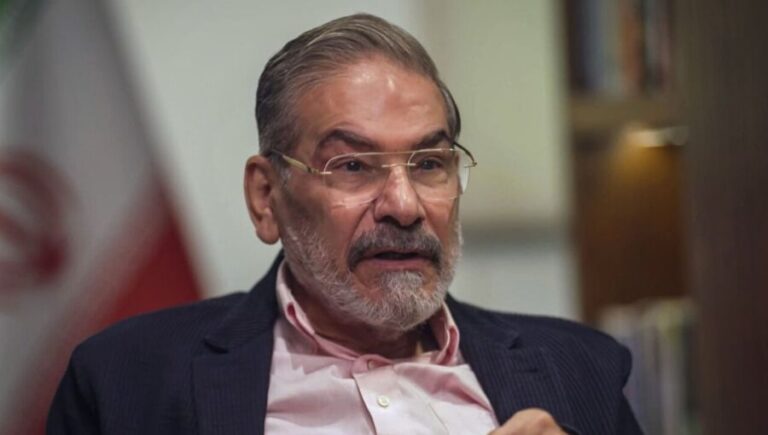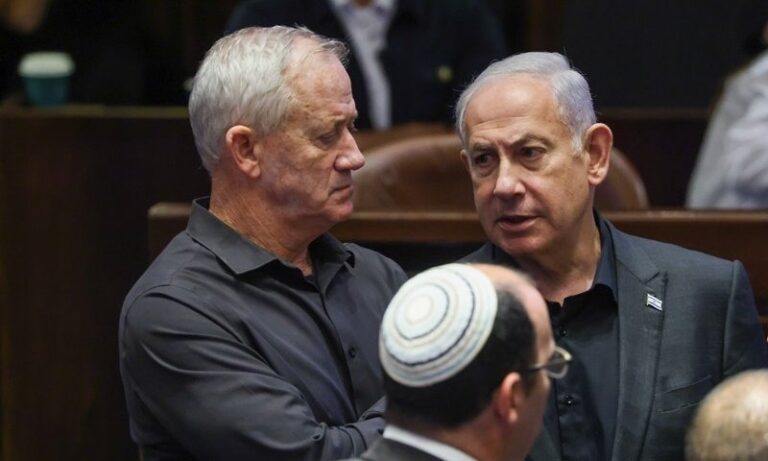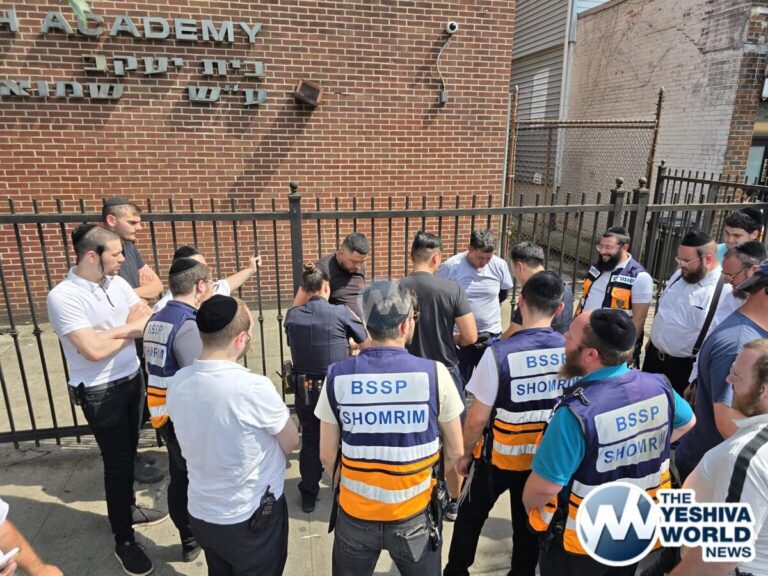restated by Rabbi Yair Hoffman
We are so very fortunate to have Gedolei Torah in our midst where we can draw life-giving water from their insights, wisdom, and deep Gemorah shiurim. The following is from a Vaad given last year on Parshas Todos. In memory of R’ Tzvi Dovid ben R’ Moshe
Based upon a Vaad delivered in 5784.
The Pasuk
The Parsha describes the tefillah of Yitzchok and Rivkah for a child with the posuk: “Vayetar Yitzchok laHashem l’nochach ishto ki akoroh hi, vayeater lo Hashem vatahar Rivkah ishto” – And Yitzchok davened to Hashem opposite his wife because she was barren, and Hashem accepted his tefillah, and Rivkah his wife became pregnant.
Understanding Their Tefillos – The Physical Arrangement
In explaining the words “l’nochach ishto”, Rashi quotes a Gemara in Yevamos that tells us “zeh omed b’zovis zu umispalel v’zu omedes b’zovis zu umispalleles. – Yitzchok stood in one corner and davened, while Rivkah stood in the other corner and davened.” However, the posuk emphasizes “vayeater lo” – that the Borei Olam (Creator of the World) answered his – Yitzchok’s – tefillah.
The Power of Lineage in Tefillah
Rashi explains that “she’ein domeh tefilas tzaddik ben rasha l’tefilas tzaddik ben tzaddik l’fichoch lo v’lo loh” – the tefillah of a tzaddik ben rasha can in no way be compared to the tefillah of a tzaddik ben tzaddik. Therefore, the tefillah of Yitzchok, who was a tzaddik ben tzaddik, was answered before the tefillah of Rivkah, who was a tzadaikes bas rasha.
The Alter of Kelm’s Novel Interpretation
The Alter of Kelm presents a different understanding of the power of a tzaddik ben tzaddik’s tefillah. Chazal tell us in Yoma 29 that there is a principle of “atiksah kasheh meichadata” – The old is more difficult than the new. This suggests that maintaining righteousness across generations presents unique challenges.
The Role of Mesiras Nefesh
The Gemara in Brochos 20 contemplates why earlier generations were zoche to so many nissim while we are not. This question leads us to explore the relationship between self-sacrifice and divine intervention.
The Malbim’s Understanding of Kedushah
The Malbim, at the beginning of Parshas Kedoshim, teaches that there exists an olam godol and an olam koton. The olam godol is our physical world, and the olam koton is mankind, with every individual representing an olam koton. The Borei Olam programs these worlds so that events in the olam godol mirror the behavior of the olam koton.
Natural and Supernatural Governance
Every person has a teva with retzonos and taavos – natural self with inclinations and desires. When we live according to our teva, following our taavos and retzonos, the Borei Olam runs the world b’derech hateva – through natural means). However, explains the Malbim, when a person elevates himself above his teva by negating these natural desires, the Borei Olam responds by running the worldabove the natural way – supernaturally).
The Deeper Meaning of Kedoshim Tihiyu
The Toras Kohanim teaches: “Im mekadshim atem atzmeichem maaleh ani aleichem k’ilu kedashtem osi.” The Borei Olam tells us that when we sanctify ourselves, He considers it as if we sanctified Him.
The Malbim explains that while we cannot add kedushah to the Borei Olam, who is kulo kodosh (entirely holy), we can influence how He interacts with our world through our actions.
Yitzchok’s Tefillah at the Mekom Ha’Akeida
The Targum Yonason reveals that both Yitzchok and Rivkah were physically unable to have children – they were akarim. Their situation required a complete miracle, requiring the Borei Olam to alter the very fabric of reality.. This explains why Yitzchok specifically chose to daven at the mekom ha’Akeida – site of the Binding.
The Power of Place in Tefillah
The Meshech Chochma writes that Klal Yisroel’s koach of mesiras nefesh – their power of self-sacrifice – came from Yitzchok Avinu. When Yitzchok willingly allowed himself to be bound as a korban, giving his life for Hashem, he infused the koach of mesiras nefesh into the DNA of Klal Yisroel. The place of davening can enhance our tefillos, just as one should daven where he learns Torah, for the koach of Torah study elevates our prayers.
The Miraculous Outcome
The Targum Yonason tells us that because Yitzchok davened in the mekom ha’Akeida, where his incredible power of self-sacrifice resided, he merited to “vayeater lo Hashem.” Through Yitzchok’s mesiras nefesh, the Borei Olam changed the fabric of reality itself, creating a miracle that enabled them to have children.
Contemporary Application
When we need our tefillos answered, we can gain tremendous merits by negating our natural inclinations in order to fulfill the ratzon Hashem. By acting beyond our nature, we encourage the Borei Olam to act above His established natural order, potentially bringing about true miracles in our own lives and for Klal Yisroel.
If you wish to subscribe to a weekly Parsha sheet on the topic of integrity and Emes please send an email with the word subscribe to [email protected]












2 Responses
Thank you very much.
Thank you to Rabbi Olshin.
Thank you to Rabbi Hoffman.
Thank you for bringing me this va’ad.
Perhaps one may add the Rashi at the beginning of the Parsha regarding the yichus of Rivka, being a daughter of Besuel, sister of Lovon, and resident in Arom, that the Torah is highlighting the fact thatin spite of so much going against her she remained strong and was not influenced by her sviva.
Al pi R’ Yerucham Olshin’s vort, perhaps we can say that this is the reason it is mentioned here davka, to highlight the fact that Rivka was a “kedoishim tihyu” person, she went against the teva therefore she was zoiche to have HKBH’s hanhogo of lema’alo min hateva activated on her behalf too.
Is there a way for me to have direct access to R’ Yerucham’s Torah, I love his seforim, but these tidbits on the Parsha are great for my Shabbos table!
Thank you,
Dov.